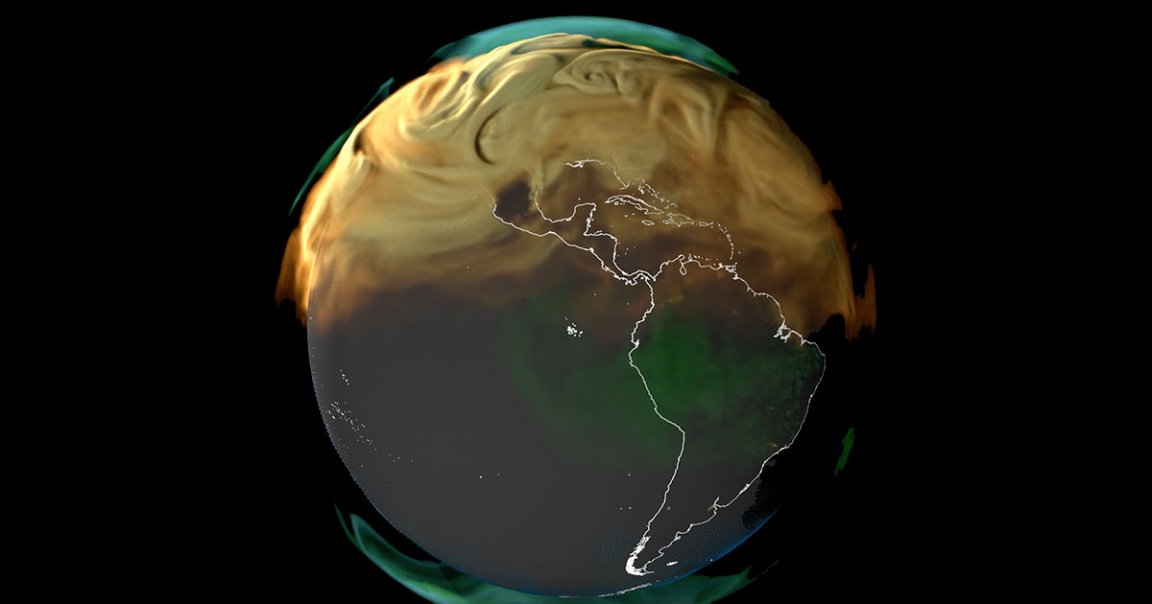
Can’t Look Away
A new NASA animation visualizes the ebb and flow of atmospheric carbon dioxide emissions around the globe — and it’s absolutely horrifying. Cheers.
While we’ve known for a long time that our atmosphere is teeming with greenhouse gases and the effects they’re having on our climate, it’s not always easy to conceptualize the weight of something that you can’t see.
And that, of course, is what makes NASA’s new visualization, which shows CO2 being added to the atmosphere over the course of 2021 by source, all the more harrowing.
While the agency says that the model is technically designed as a way to better understand the locations of and interactions between carbon sources and carbon sinks — where excess CO2 is being absorbed — it also shows us just how much of these gases is being put out, especially in the Northern Hemisphere.
“Carbon dioxide (CO2) is the most prevalent greenhouse gas driving global climate change,” reads NASA’s blog. “However, its increase in the atmosphere would be even more rapid without land and ocean carbon sinks, which collectively absorb about half of human emissions every year.”
Smog Machine
In the visualization, Earth’s carbon sources are depicted as a thick, smoggy, and toxic-looking orangey color, while burning biomass is a rusty red. Conversely, Earth’s on-land carbon sinks pulse green as they swallow excess CO2, while ocean-borne carbon sinks pulse blue.
Judging by the videos, it’s pretty easy to tell who the biggest carbon offenders are. Across continents, the smoggy cloud of emissions generally starts on the Earth’s Northern Hemisphere, with highly-industrialized countries like Canada and the United States, China, Saudi Arabia, as well as Europe, emitting massive amounts of noxious-looking carbon.
The rainforests, jungles, grassy plains, and other carbon sinks of the Earth’s Southern Hemisphere, on the other hand, can be seen fending off the carbon as they pulse green and blue — until they don’t. Carbon sinks only swallow excess carbon during daylight hours through plants absorbing CO2 through photosynthesis.
It may not be pretty, but it’s something we all need to see.
More on another recent pulse-check on planet Earth: A Huge Cloud of Smoke Is Casting a Ghoulish Gloom over New York City